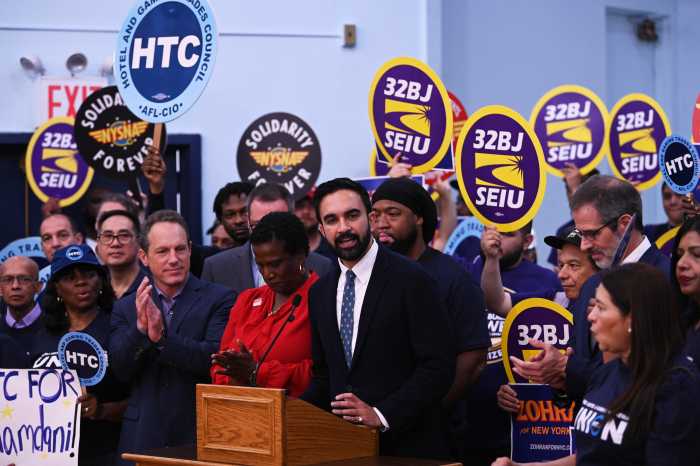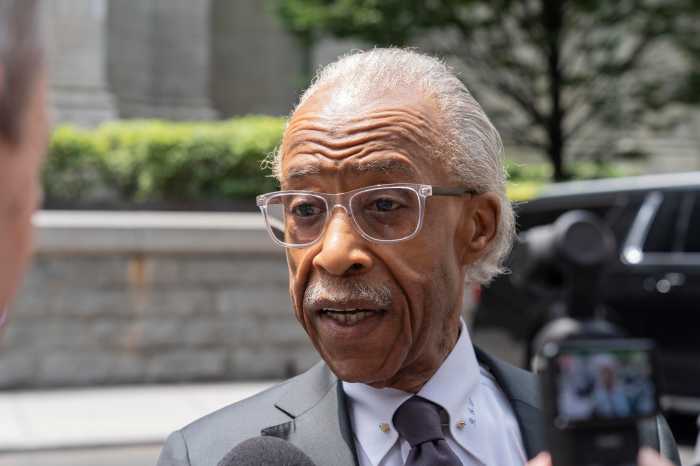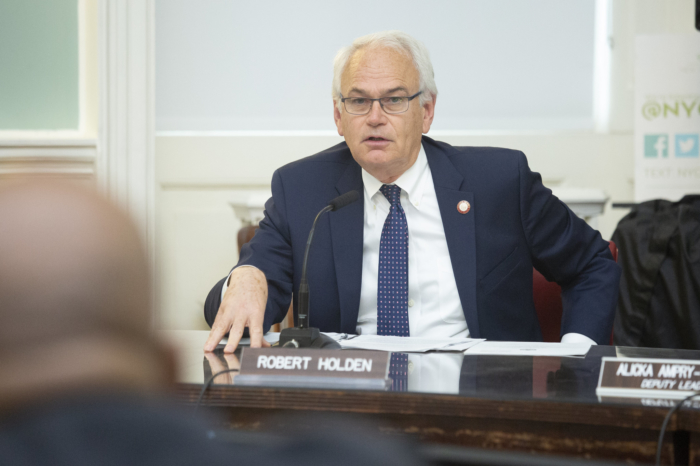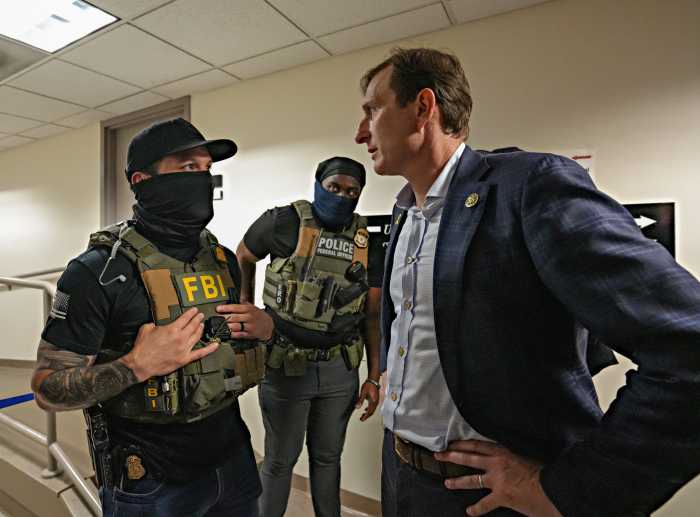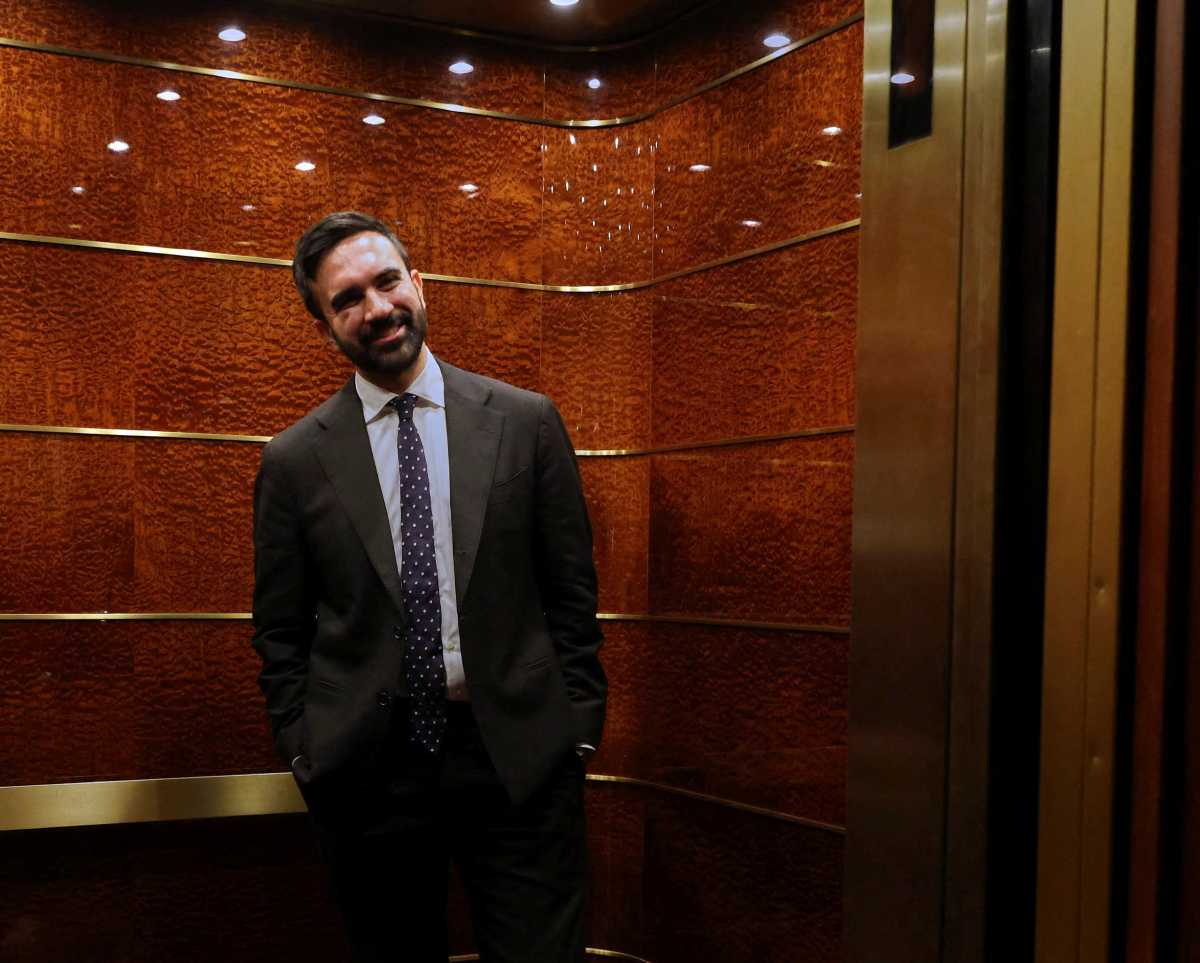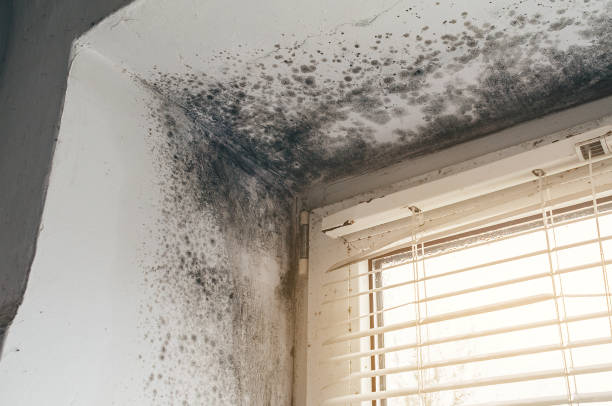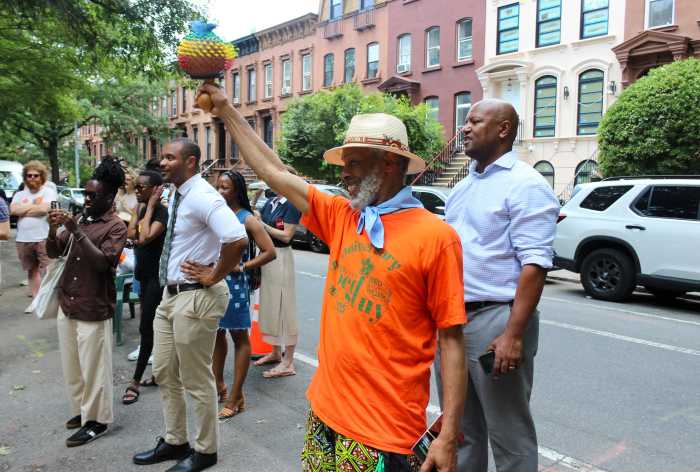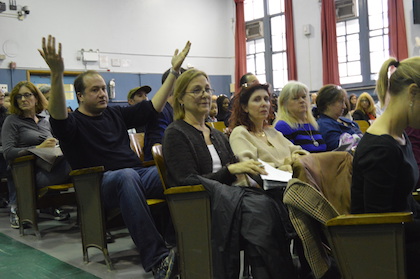
BY JOSH ROGERS | Which five-year-olds will get shut out of P.S. 199 next September?
The simple question that is hard to decide will be answered by the Upper West Side’s Community Education Council (CEC) as early as next month, if the current schedule holds.
The first option being considered would shrink the school zone around P.S. 199 on West 70th Street in the hopes of eliminating the chronic waiting lists at the school, which has received National Blue Ribbon honors. Last year almost 100 children were sent rejection letters from the school, enough to fill four kindergarten classes.
Still, there is at least some reason to think that with option one the city might be overcompensating and reducing the zone too much.
The second option would actually expand the zone into a shared area with P.S. 191 on West 61st Street. The idea behind this alternative “superzone” is to create a more even racial balance between P.S. 191, where 27 percent of the students are white, and P.S. 199, where that figure is 64 percent.
This shared zone had been treated more as an afterthought until last week, when Department of Education officials showed up at an October15 District 3 CEC meeting to discuss it in detail.
Two days later, at a sometimes-rowdy Saturday public hearing at P.S. 191, the superzone was the overwhelming consensus choice of the parents packed into the auditorium.
But be careful where you look for consensus.
Kim Watkins, a CEC member, said one of the “sure things” about school rezonings, is that “individuals satisfied with the status quo — they’re not going to show up and complain.”
Watkins noted the complexity of the superzone proposal, which involves not only 199 and 191 but also P.S. 342, scheduled to open in two years a block away from P.S. 191.
“Shared zones can work when there’s thoughtful choice,” she said. “It becomes a little bit trickier if the superzone includes one school that people want, one that most don’t, and one that doesn’t exist.”
Families who would stay in the 199 zone have tended to skip meetings, but as the superzone option picks up some steam, Watkins said, she has been hearing complaints from them.
“I don’t want my kids to be experiments in all of this,” said Julie Leitao, who explained the “only reason” her family moved out of the P.S. 191 zone last year into Lincoln Guild was so that she would be able to enroll her children at P.S. 199.
Lincoln Guild, a middle class building by Manhattan standards, is cut just out of the zone under the first option, and residents there have been showing up at meetings in full force. Leitao said her neighbors like the superzone idea much more than she does because it’ll give them at least some chance to get into 199. Her oldest was lucky enough to enroll there this September, but she worries whether there will be space for her two-year-old, who would normally be “grandfathered” in, if the zone doubles in size.
A Dangerous Label
Complicating the matter is the fact that the State Department of Education designated P.S. 191 a “persistently dangerous school” over the summer. There’s near universal agreement that the label is unjustified, but it did allow at least 11 students to transfer to other Upper West Side schools this year, and it is likely to make next year’s kindergarten application process more complicated.
Both the state and city education departments have been tight-lipped about the designation, which some attribute to reporting mistakes. Neither agency would comment for this article.
Several parents in the P.S. 191 pre-K program said they are impressed with the school and the principal, Lauren Keville, who is in her second year.
“Our students are engaged, our students are learning, our teachers are teaching, and I encourage you to come see us,” Keville told the crowd at the Saturday public hearing after a heckler who didn’t want her to speak was silenced.
Since P.S. 199 has no room for pre-K, the P.S. 191 program has drawn many students who are zoned for 199.
“My kid’s in pre-K there and it’s great,” Charles Pollak said at the October 15 CEC meeting. “The administration is great. We have a superzone right now in pre-K and it works. I think if you expanded that, you will see the same kind of success.”
Pollak, like just about everyone else who has anything to say about the schools in the neighborhood, said P.S. 191 needs a lot more money to improve and make it more attractive to parents. P.S. 199’s PTA spends about $850 per student — which means its annual budget is at least $750,000. P.S. 191’s zone includes most of the Amsterdam Houses, a public housing project, and its PTA had a budget last year of only $24,000.
Pollak, who is also a Lincoln Guild homeowner, believes the real issue is resources for P.S. 191, not zoning.
“This whole conversation about overcrowding reminds me of the guy who brings his car to a mechanic and says fix my horn, my brakes are broken,” he said.
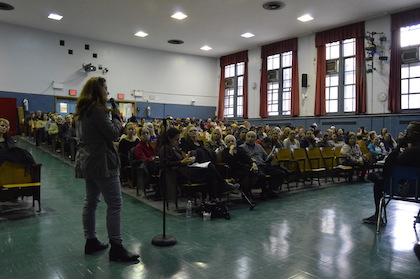
Noah Gotbaum, the CEC member most bullish on the superzone, told Manhattan Express, “It’s not fair to take anyone out of any zone. I understand parents do not want their kids to be pioneers integrating schools, but if one classroom of parents [currently zoned for P.S. 199] goes into the class at 191, right off the bat there’s a completely different economic and racial makeup.”
Marcy Drogin, a P.S. 87 PTA officer and a veteran of a similar school rezoning dispute several years ago, told Gotbaum at the CEC meeting, “Noah, I understand altruistically the reason for it but I don’t think it’s practical. Everyone in that shared zone is going to rank 199 as their top choice, so all you’re going to do is transfer a bigger zone, a bigger waitlist, more uncertainty, and a longer wait to actually find out what school you’re going into… It makes no sense.”
District 3 Superintendent Ilene Altschul said the superzone would mean P.S. 199 “would have double the waitlist.”
The Department of Education’s Sarah Turchin, who has been presenting the options at public meetings, said the city’s preference is to not combine the 191 and 199 zones. Parents “would always see 199 as the better option, and that would just mean more parents trying to get into 199,” she said.
The city does, however, favor a shared zone between P.S. 191 and 342, Turchin arguing that with P.S. 191 clearly improving, a shared zone will work well in two years. It would also be problematic to draw separate zones for those schools since they are so close.
Jeriann Kolton, another P.S. 191 pre-K parent, also likes the school, but said she had concerns about the superzone, and likes the first option, which would keep 199 a neighborhood school.
“I think it’s best to have kids stay with their neighbors and their little friends,” she said in a phone interview.
Danielle Feinberg, who lives close to P.S 191, said she could envision putting that school down as a first choice in a shared zone, if somewhere between 20 and 40 of the 70 or so families she’s met in the pre-K program there joined her.
“I will choose 191, and that’s contingent on many other families going to 191 that would not otherwise go,” she told Manhattan Express.
The Department of Education’s school population estimates are based on current kindergarten enrollment and are at best semi-informed guesses. They have long been a bone of contention by local school advocates across the city, who charge they are designed to justify building fewer schools.
The DOE’s Turchin acknowledges that she is still waiting to get up-top date residential construction information — a key component of drawing zoning lines — from the School Construction Authority, which keeps tabs on new building.
Dan Katz, a CEC member, said that without seeing more details he is dubious of the school population estimates. He noted that the zone for P.S. 452, a school on West 77th Street, is being expanded under both options to take some of the pressure off of 199, but he said that zone may be getting too big. The city, he said, may be “shifting one overcrowding crisis from one building and creating another in a new building.”
The city estimates that 183 kindergarten-age students per year will be moved out of P.S. 199 zone under the first option. That’s about double last year’s waitlist and enough to open eight kindergarten classes.
Eric Greenleaf, a downtown parent advocate who has had an impressive record predicting kindergarten enrollments there, said the problem with the city’s formula is it is based on a borough-wide average, so that it underestimates school needs in neighborhoods that families flock to, such as the Upper West Side.
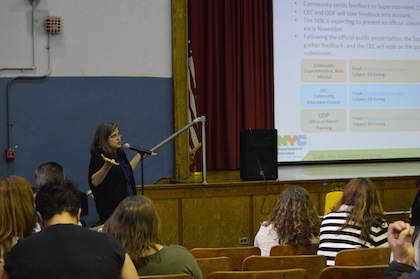
State Assemblymember Linda Rosenthal said another “mistake DOE always makes is assuming parents will send their kids to private school.” Waitlisting, however, does lead some parents to opt for private school. City Councilmember Helen Rosenthal said 20 of the 94 waitlisted children at P.S. 199 “just disappeared” from the public school system.
She said the city made a mistake eight years ago when it passed on a chance to open a school in one of the West Side Trump buildings because it claimed there was not a need then. The city could have avoided a lot of waitlisting angst at P.S. 199 as well as P.S. 87 on West 78th Street the last few years, she said.
There’s every indication that siblings of P.S. 199 students who are cut out of the zone will be “grandfathered” into the zone, a factor that will push the number actually cut out down the first few years, but with the city trying to move so many families out of the P.S. 199 zone, there is reason to think that the zone is being shrunk too much.
“The DOE planning mechanism is broke,” said Gotbaum. “That’s another reason to do the shared zone. We’ve been saying there’s been overcrowding for years, and DOE says it doesn’t exist.”
One little-mentioned effect of the superzone would the loss of the “right of return.” Under current rules, a student zoned for P.S. 199 who doesn’t get a seat in kindergarten is guaranteed to get available space in future years if there is any, but under the shared zone, the same student offered a seat at P.S. 191 would already be considered in a zoned school and would have no special claim to 199.
Decision Time?
The CEC, the body of parents that has ultimate power to decide zoning changes, may ask for adjustments to the zoning lines.
There have been numerous calls to slow down the process, but one factor contributing to the timing pressure is the city’s decision to move up the kindergarten application deadline this year.
The DOE plans to present a final Upper West Side zoning plan to District 3’s Community Education Council on November 2. The CEC would then have 45 days to act, but it is currently planning to take an up or down vote on November 9.
If a new plan is not approved, the zoning lines will stay the same and there will likely be another waiting list at P.S. 199 next September. — Additional reporting by Jackson Chen



